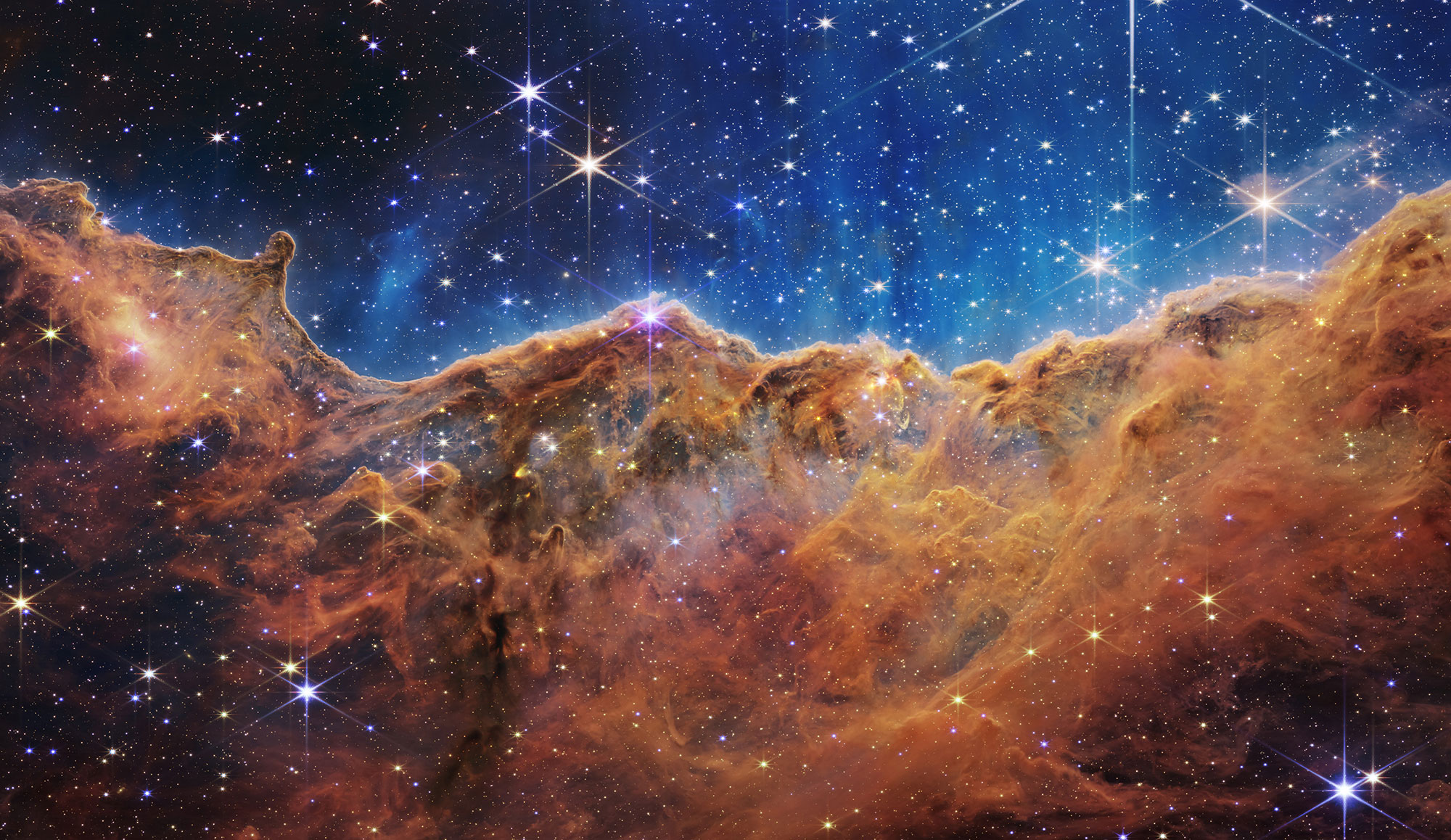A smiling Katherine Johnson returned Thursday to the NASA center where, for decades, she used her mathematical smarts to help shape history.
This time she was in the spotlight, not behind a desk making complex calculations and searching for the truth in numbers.

The mathematician and 97-year-old Newport News resident visited NASA’s Langley Research Center in Hampton, Virginia, to attend a ceremony where a $30 million, 40,000-square-foot Computational Research Facility was named in her honor.
As part of the event, Johnson also received a Silver Snoopy award from Leland Melvin, an astronaut and former NASA associate administrator for education. Often called the astronaut’s award, the Silver Snoopy goes to people who have made outstanding contributions to flight safety and mission success.
“I do thank you so much for your attention, for your kindness, but more than that, I’m so happy to see you giving more recognition to women for the work that they have done,” Johnson said. “I have always done my best … At the time it was just another day’s work.”
Johnson needn’t have been modest. She’s a Presidential Medal of Freedom winner whose sharp mind gave NASA an edge in mankind’s quest to explore space.
She first made her mark at a time when women and African-Americans were regularly marginalized.
Working at Langley from 1953 until her retirement in 1986, Johnson made a long list of critical contributions. She calculated the trajectory of the 1961 flight of Alan Shepard, the first American in space. Thursday’s ceremony was held on the 55th anniversary of that historic flight.
Johnson is also credited for verifying the calculations made by early electronic computers of John Glenn’s 1962 launch to orbit and the 1969 Apollo 11 trajectory to the moon.

Margot Lee Shetterly, author of a forthcoming book about Johnson and other women whose calculations were integral to America’s space program, gave the keynote address at Thursday’s event.
Her book, “Hidden Figures: The American Dream and the Untold Story of the Black Women Mathematicians Who Helped NASA and the United States Win the Space Race,” is scheduled to be published in September by William Morrow.
Shetterly noted that Johnson eagerly credits others who share her passion for what’s now called STEM, short for science, technology, engineering and math.
In that spirit, Shetterly reviewed contributions of other notable NASA Langley women: Dorothy Vaughan, Margery Hannah and Christine Darden.
“This is one of the reasons why Mrs. Johnson’s story has captivated us,” Shetterly said. “She has such a towering talent but she has gone out of her way to recognize talent in other people.”

Hollywood is preparing to tell Johnson’s story. A film version of “Hidden Figures” starring Kirsten Dunst, Kevin Costner and Taraji P. Henson is now being produced by 20th Century Fox.
“I want to congratulate you, Mrs. Katherine Goble Johnson, Mrs. Queen Johnson, the brilliant mind, Mrs. Johnson, for the naming of the building, rightfully deserved,” said actress Henson, in a recorded video message played during the ceremony. Henson will portray Johnson in the film.
“You deserve it. They should name NASA after you! Thank you for your service.”
The Katherine G. Johnson Computational Research Facility under construction at NASA Langley is nearly one-fourth complete and is expected to open in 2017. The third new building in the center’s 20-year revitalization plan, it will allow the center to consolidate the majority of its data centers in one location.
Rep. Bobby Scott and Hampton Mayor George Wallace spoke at Thursday’s naming ceremony. Rep. Scott Rigell sent a representative who offered his congratulations. Sen. Tim Kaine sent a video greeting. A letter from NASA Administrator Charlie Bolden was read aloud.
“I am told you once remarked that, even though you grew up in the height of segregation, you did not have time to think about your place in history and that you never had a feeling of inferiority,” Bolden wrote. “Instead you considered yourself, as you described it, ‘as good as anybody, but no better.’
“The truth of the matter is that you are better. You are one of the greatest minds ever to grace our agency or our country and because of your mind, heart, and soul, my own granddaughters and young Americans like them can pursue their own dreams without a feeling of inferiority.”
Rep. Scott said he’s happy that Johnson’s remarkable contributions are finally getting the exposure they deserve. He’s looking forward to seeing them splashed across the big screen.
“I enjoy comedies and thrillers like anybody else,” he said, “but Dr. Johnson’s story is one that we ought to be telling our children.”
- See a video on Katherine Johnson’s legacy.
- See more photos from Thursday’s event at a Flickr gallery.




























